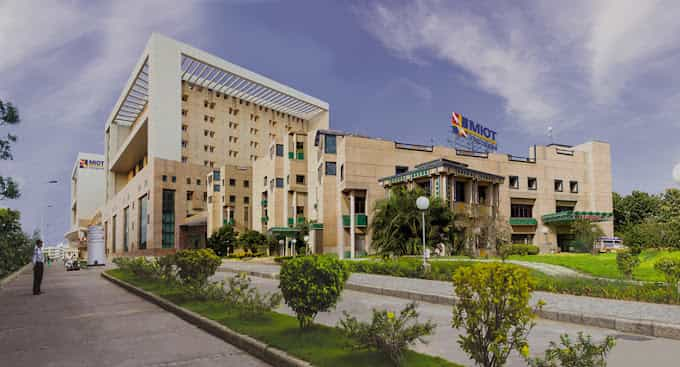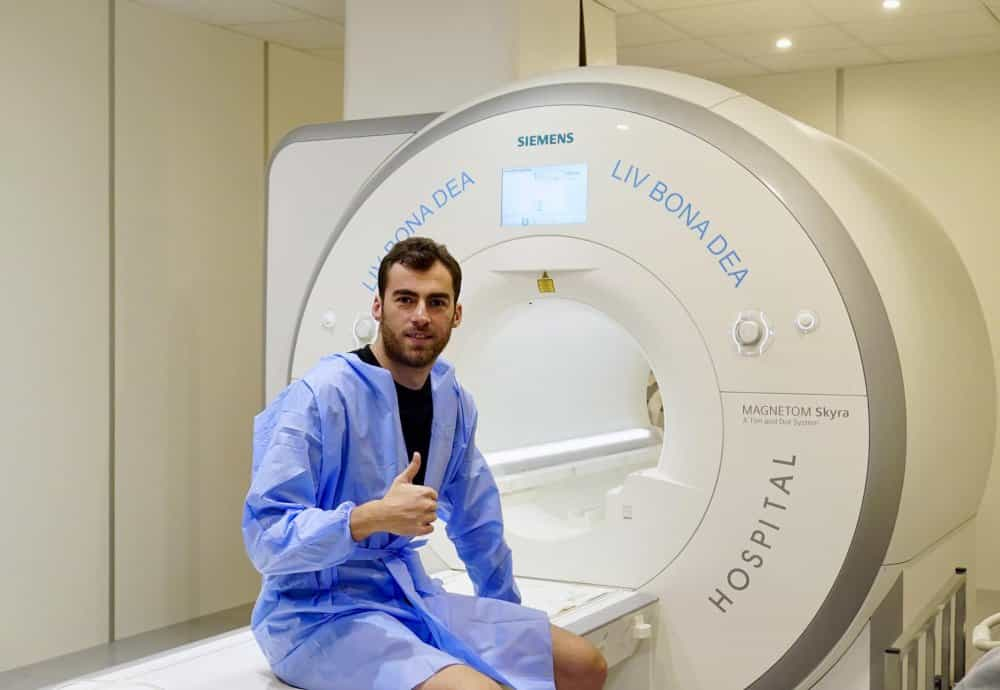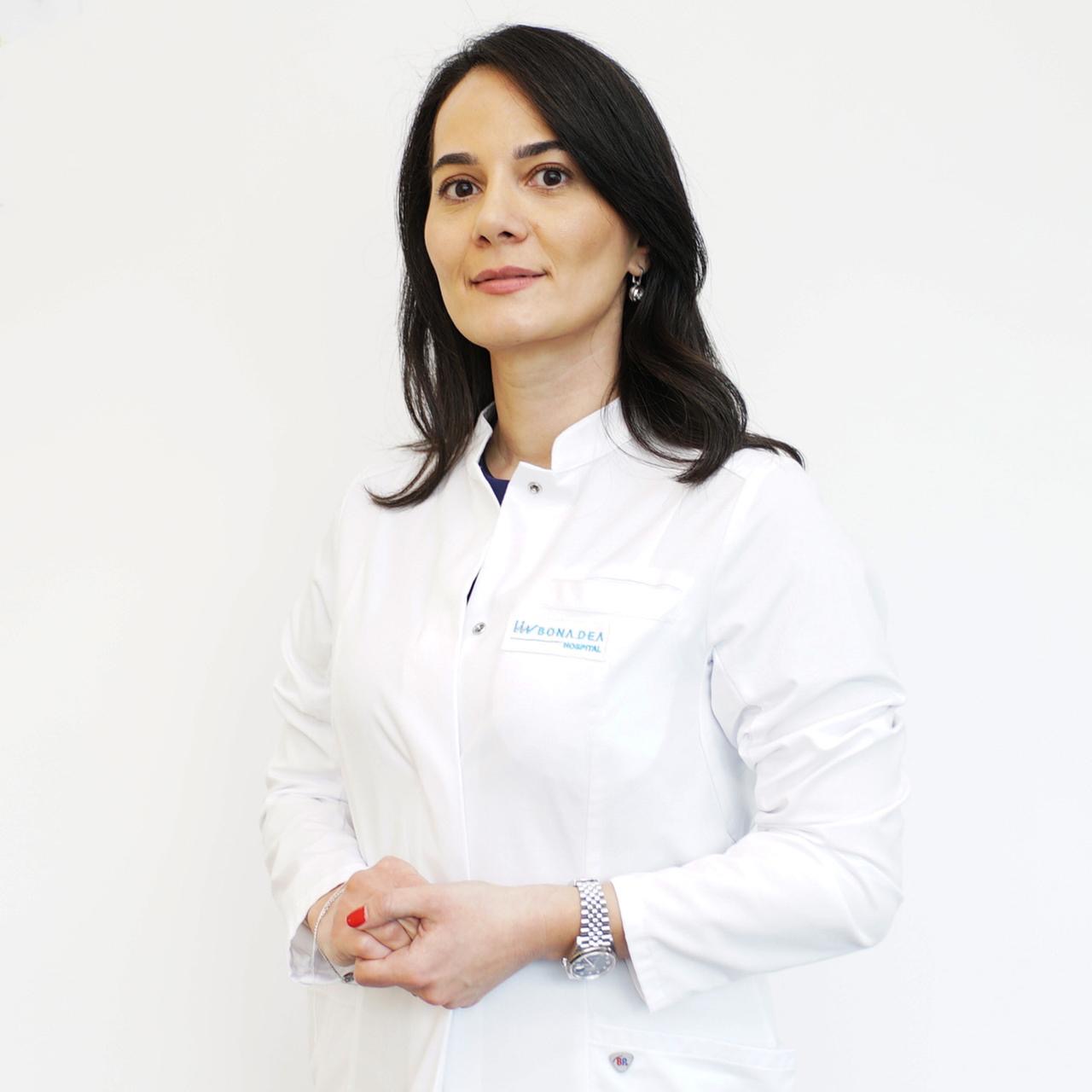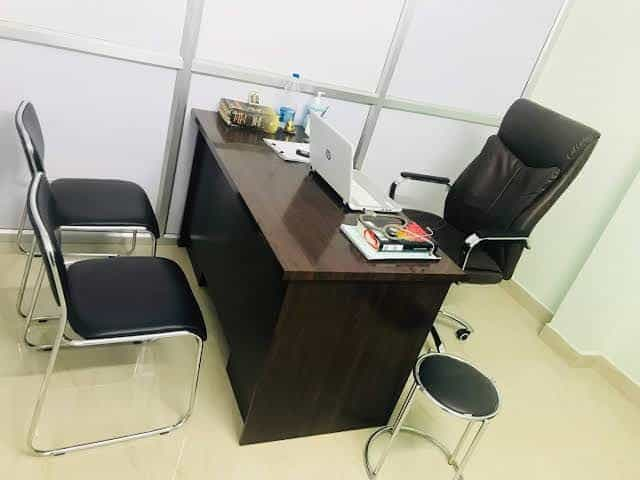The Life Savers: Heart Care and Surgery Singapore
Housewife Madam Kamala Rooplal, 61, used to faint when she visited hospitals and saw blood or patients in bandages.
She would regain consciousness almost immediately and feel fine after that.
She says: 'I always thought it was because I was scared. Some people just cannot look at certain things.'
That was until February this year, when she fainted twice while having routine eye check-ups. She was referred to heart doctors who ran tests that revealed she had an erratic heartbeat.
She had been living with the condition for 40 years.
In May, she underwent surgery to have a pacemaker implanted. She no longer suffers from fainting spells.
She joins more than 3,000 people in Singapore who are using the life-saving device in their bodies, including Minister Mentor Lee Kuan Yew, who had one fitted last month.
MM Lee had been experiencing symptoms of cardiac arrhythmia, an irregular heart rhythm, according to a statement from the Prime Minister's Office.
A pacemaker emits electrical pulses to regulate an abnormal heartbeat that is either too slow, too fast or erratic. Measuring about 7cm by 5cm, it comprises a main generator unit that houses the battery and data chips, plus wires known as leads, which connect with veins leading to the heart.
Each costs between $3,000 and $10,000, depending on the sophistication of the model.
It is implanted about 2cm under the skin, below the left collarbone.
For patients who are at risk of sudden death due to heart failure, they need another device - an implantable cardioverter-defibrillator (ICD).
Slightly larger than a pacemaker, this shock-starts a heart back to a regular beat when it has stopped or gone into a dangerous state of palpitations. It costs between $10,000 and $50,000.
Doctors say the take-up rate in Singapore for pacemakers and defibrillators is low compared with other countries because many patients are unaware of their heart condition and of the cardiac devices.
According to experts, only 91 out of a million people here had a pacemaker fitted in 2005.
The current annual take-up rate for pacemakers is 500 while the number is about 70 to 80 annually for defibrillators.
According to cardiologist Dr Ching Chi Keong from the National Heart Centre Singapore (NHC), symptoms of abnormal heartbeat can range from giddiness to increased tiredness or fainting spells.
He says: 'Because heart problems usually occur in the elderly and the symptoms could be similar to those caused by other illnesses or side-effects from medication taken, patients may dismiss these as part and parcel of ageing.'
But it is not only the aged who should get a heart check-up.
Computer engineer Ong Chee Kiong, another patient with an implanted cardiac device, is only 36 years old. He had an ICD fitted four years ago when he was hospitalised for chest pains.
During a medical check-up in his National Service days, he found out his heart was prone to palpitations and could beat up to 160 beats per minute while at rest. The normal range is 60 to 100 beats per minute.
But he did not do anything about it then because he had not had any life-threatening episodes.
Cardiologist Dr David Foo from Tan Tock Seng Hospital says: 'Some patients have the impression that it's some major surgery when it's a fairly simple procedure.'
The operation takes only one to two hours to complete under local anaesthesia.
NHC's Dr Ching adds there is only a 1 per cent risk of complications and patients are discharged within 24 hours. 'The benefits of saving lives and preventing injuries from falls when patients faint far outweigh any risks.'
Patients can lead normal and active lives after surgery, with few side- effects. Madam Rooplal says she 'feels nothing there'.
The batteries of cardiac devices can last between eight and 10 years, after which they have to be replaced via surgery.
Patients with implanted cardiac devices have to take precautions, such as not putting any devices which emit electromagnetic signals near the chest.
This includes mobile phones. Doctors say there is a small possibility they may cause interference with the implants.
Patients are also given a medical card so they do not have to walk through metal detectors or be scanned with hand-held security devices. They are subjected to a manual search instead.
For Mr Ong, these inconveniences are nothing compared to the devices' benefits. While at work in March this year, he felt breathless and blacked out when his heartbeat turned abnormal.
The ICD in his body activated itself and fired an electrical shock to jump-start his heart.
'I was sitting down and I jumped up when it happened. It was like a punch to the chest,' he recalls. He regained consciousness after that and colleagues took him to the hospital.
'The device is like an insurance policy,' says the father of one.
'This little thing actually saved my life,' he says.
Please click here to request additional information from National Heart Centre Singapore.




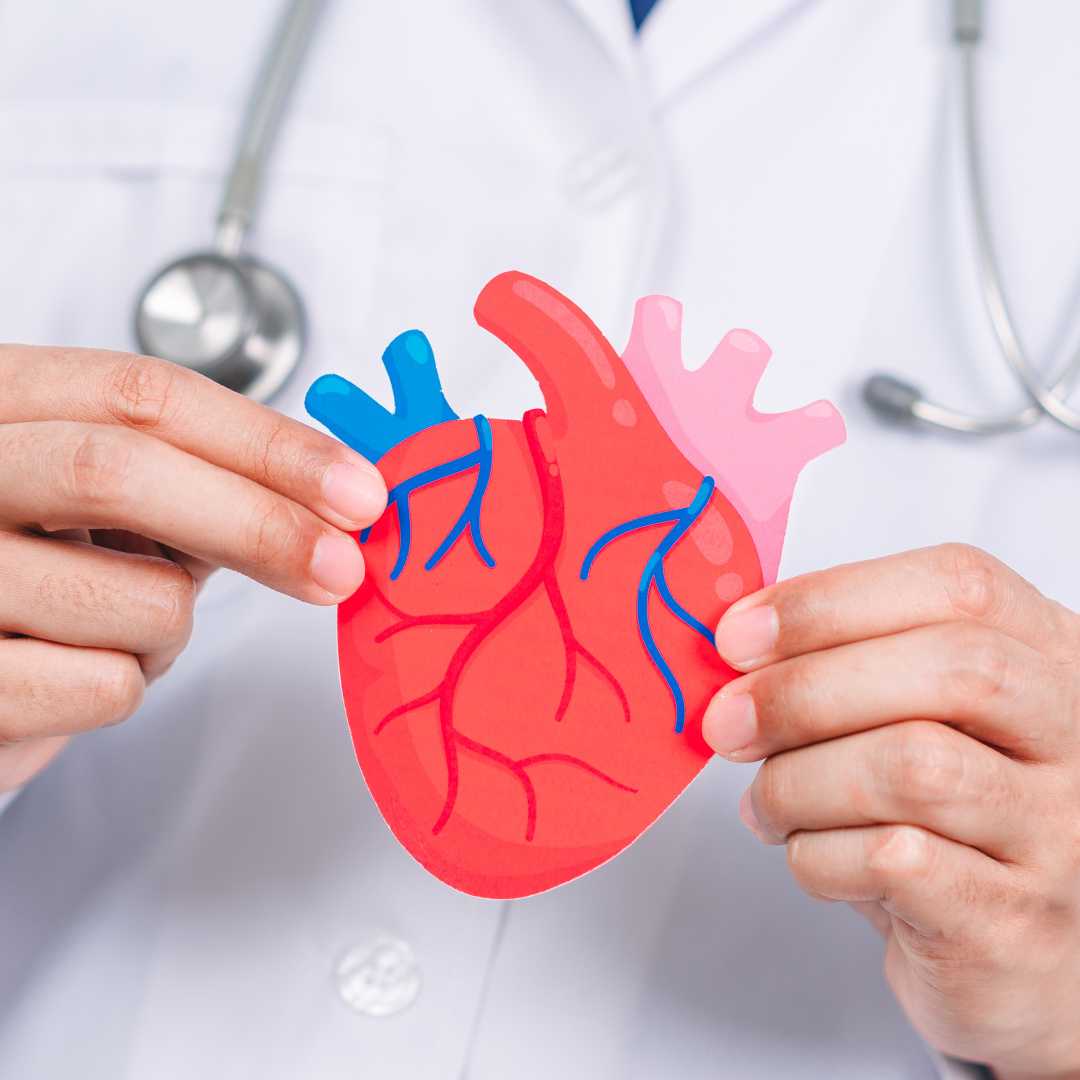

.png)





